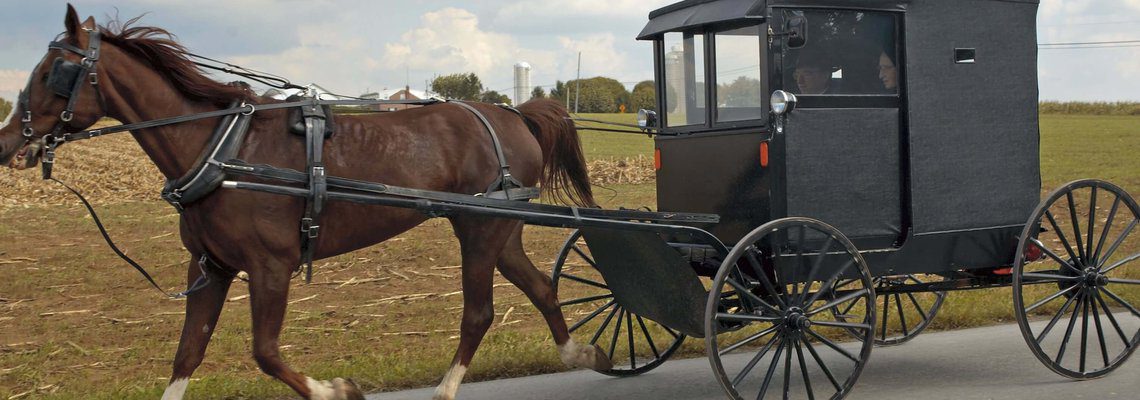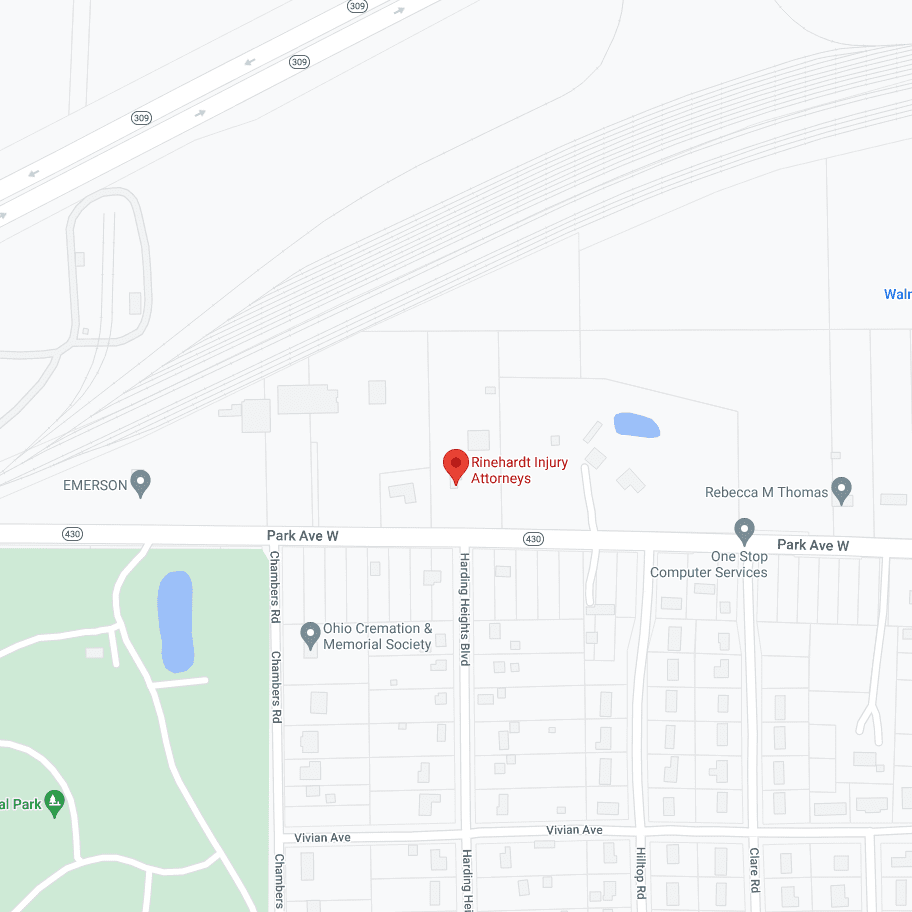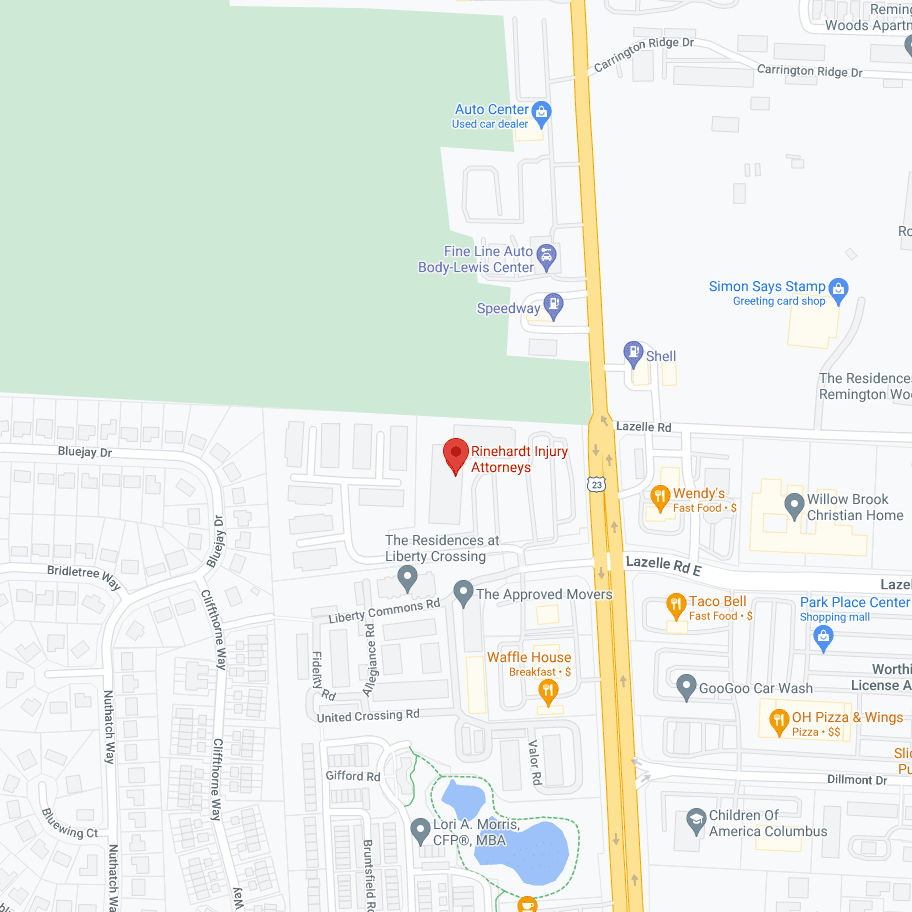When Past and Present Collide—Being Alert to the Dangers of Driving in Amish Communities
09-26-16

On a dark summer night, a 16-year-old Amish boy is driving his family’s buggy on a narrow roadway. The buggy does not have taillights or turn signals. There are no street lights on the rural road. The boy directs the horse pulling the buggy to turn into a driveway. The boy does not look for oncoming traffic and turns directly into the path of an oncoming motorcycle. The motorcycle crashes into the side of the buggy. The driver of the motorcycle is thrown from the bike and lands in a ditch. Lying in the wreckage, both the Amish boy and the driver of the motorcycle are seriously injured. The horse is killed. Unfortunately, scenarios like this one are all too common on rural roadways in Ohio. Ohio law does not require buggies to have headlights, taillights or turn signals. The lack of regulations results in an average of 120 reported buggies accidents per year.
The Danger:
Amish people in Ohio do not have to follow the same driving regulations and laws as people with cars. Children as young as 8 are on the road operating buggies. Amish do not have to take driving tests, get a driver’s license, or purchase vehicle insurance. They do not use seat belts or even car seats for infants. The lack of guidelines is a safety concern for the Amish and for everyone living in communities that coincide with Amish people.
Normal speeds for horse-drawn buggies range between five and eight miles per hour. Horse-drawn vehicles may be even slower when pulling large farm equipment or when crossing intersections. In addition, horses become tired causing them to move more slowly. The vision of the driver of the horse-drawn vehicle is restricted by the lack of windows and mirrors. When pulling large loads of hay or other equipment, drivers may not be able to see cars behind them.
Statistics:
- Statistics show that more than 65 percent of all traffic deaths occur in rural areas and 50 percent of those deaths are on country roads. Ohio reports, on average, more than 120 buggy accidents a year.
- Ohio and Pennsylvania report a rough average of 60 major crashes involving horses and buggies a year over the past decade.
- An Ohio Department of Transportation review found that injuries occurred in roughly half of those accidents, with fatalities in about 1 percent of them, a rate that is slightly higher than accidents in which both vehicles are motorized.
- That review also revealed that the typical accident involving a horse and buggy occurs when a motorist rear-ends the buggy after misjudging just how slow the horse-drawn vehicle is traveling.
Avoiding a Collision
Even the fastest horse is slower than your car. Therefore, car drivers need to be extra cautious when passing horse-drawn farm equipment. To avoid collisions, you should anticipate left hand turns made by horse-drawn vehicles into fields and driveways.
STAY BACK! Leave some space between your vehicle and a buggy stopped at a stop sign or light. Buggies may back up a few feet after coming to a complete stop. A good rule of thumb is to stop your vehicle far enough back so that you can see where the rear wheels of the buggy touch the road.
A slow-moving vehicle sign should be mounted on all farm machinery, including road construction equipment and animal-drawn vehicles. The sign should signal motor vehicle drivers to slow down. Vehicles displaying the slow-moving vehicle sign are prohibited by law to go faster than 25 mph.
When approaching and passing a horse-drawn vehicle, remember that horses are unpredictable and even the most road-safe horse can spook at a fast-moving motor vehicle. Only pass when legal and safe. Be sure to slow down and give buggies and horse-drawn equipment plenty of room when passing.
Sharing the Road:
The Amish have just as much right to be on the roads as anyone else. The question is how to keep everyone safe.
A safety council made up of Plain residents from Amish Country in Pennsylvania meets several times a year. In 2007, the safety council approached county officials about creating a Pennsylvania driver’s manual for horse and buggy. The goal of the manual is to educate buggy drivers about safety concerns, and for other drivers to gain some perspective about sharing the road with buggies.
With input from the Plain community, the manual is written in a conversational tone and emphasizes a Christian approach to driving. It stresses the importance of buggy lighting, courtesy and following the rules of the road. It includes instructions for handling and hitching a horse and emphasizes having a good harness and using reflectors and child safety seats.
Changing the Rules:
While the manual is a great resource, the problem is that it is filled with recommendations, not requirements. The best way to ensure safety, is to legislate changes to the rules that apply to horse drawn buggies.
Some basic rules that would improve safety include minimum age requirements for buggy drivers, mandatory reflective material for horses (in case they break from the buggy), a driver’s test for buggy operators, an insurance requirement, and license plates for the buggies.
Call your state legislator to urge him or her to adopt these regulations.
Am I protected if a crash occurs?
Because Amish buggies are classified as non-motorized vehicles, their owners are not required to carry any insurance. You might expect that if you are involved in a crash caused by an Amish buggy, you will be protected by your Uninsured Motorist (UIM) insurance. However, most UIM policies contain an exclusion for Amish buggies. If you live in a community that shares the road with Amish buggies, ask your insurance agent if you are covered.
Rinehardt Injury Attorneys has handled numerous cases involving a crash with an Amish buggy. If you have been injured as a result of a crash with an Amish buggy, call us for a free consultation.

















